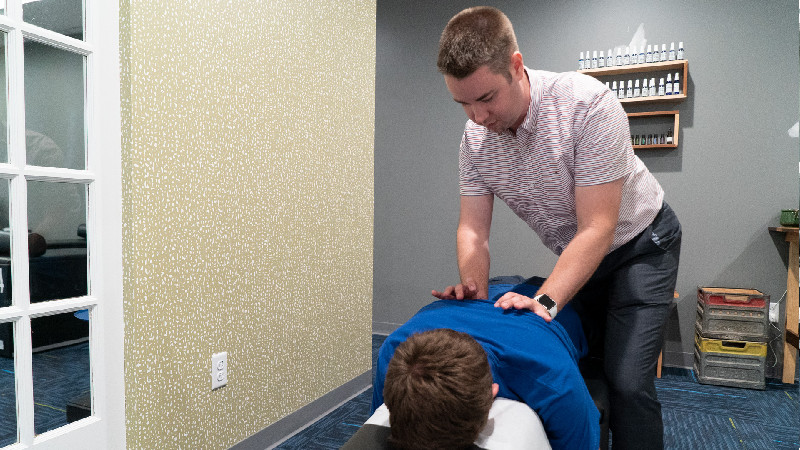With advancing technology at the forefront of surgery, whether it be high-tech devices or actual procedures, the surgical industry is poised to see some serious growth over the next few years. Sales reps are in a great position to not only sell a lot of devices and other equipment but truly grow their careers as well. It’s an exciting time to be a surgical sales rep and below are some encouraging stats showing how positive trends in the surgical industry are driving successful sales.
The Numbers
According to Mordor Intelligence, the global market for general surgical devices was estimated to be $8.6 billion in 2016 and it is projected to reach $11.7 billion by the end of 2021, growing at a CAGR (compound annual growth rate) of 9.6% during the same forecast period from 2016 to 2021.
Factors contributing to the growth of this market include:
-
Increased surgical procedures.
-
Rise in demand for minimally invasive procedures.
-
Worldwide aging population.
-
Technological developments leading to innovative products.
-
Government support and assistance.
-
Robotic and power-assisted systems.
Meanwhile, the global surgical lasers market is poised to grow at a CAGR of around 6.3% over the next decade and is expected to reach approximately $3.02 billion by 2025, says PR Newswire. 23 of the world’s most prominent countries were featured in the research, and the market size was calculated based on the revenue generated through sales from all the given categories and subcategories in the realm of surgical lasers.
Surgical robots and other automated procedures have gained a lot of popularity in recent years – and for good reason: they improve accuracy and can reduce both operating time and recovery time. Robotic surgery is defined as any surgery which is performed by the surgeons with the help of robotic technology and robotically-assisted surgery is also known as computer-assisted surgery or robot-assisted surgery. This type of surgery was developed to overcome the weaknesses of traditional methods of surgery. Regarding the current trend as well as the near-future forecast, it’s expected that the global surgical robots market will reach $14.5 billion by 2024 (up from $5.2 billion in 2016), at a CAGR of 13.7% in the forecast period 2017 to 2024, according to Data Bridge Market Research.
Other Positive Signs
Beside the expected global growth of general surgical devices, surgical lasers, and surgical robots, positive trends are being seen and made in the field of surgery. Some of those trends include improved surgical methods like virtual reality surgery. For example, Royal Philips is working on an augmented reality surgical navigation technology designed to help surgeons perform image-guided open and minimally-invasive spine surgery. A preclinical study showed that this method helped increase the accuracy of pedicle screw placement in the thoracic spines of cadavers versus freehand placement. The augmented reality technology has implications for thoracic spine fusion surgery in adults, pediatric spine surgery, and for cranial and trauma surgeries, according to a company statement (Qmed).
Robotics have definitely emerged as a preferred surgical method, especially for common procedures. TransEnterix, a medical device company that is pioneering the use of robotics to improve minimally-invasive surgery, announced that it had recently expanded the clinical adoption of the Senhance robotic surgical system to include a full range of hernia repair surgeries. Hernia repairs, both inguinal and ventral, are amongst the most common surgical procedures performed worldwide. These procedures also represent one of the fastest growing uses of robotics in surgery. “The introduction of Senhance to provide robotic assistance in these procedures brings a system with haptic feedback and attractive procedural costs to these operations for the first time” said Todd M. Pope, President and CEO of TransEnterix in a March article in Medical Devices Business Review.
The trend of innovative devices is advancing as well, and as MDBR mentioned in a recent news release, Medtronic introduced its new Signia stapling system, providing an advanced option for minimally-invasive surgery. The Signia system provides surgeons with real-time feedback and automated responses to that real-time data. It also includes Adaptive Firing™ technology that measures the firing force and adjusts the stapler’s speed based on tissue variability measurements, allowing for consistent staple lines. Even more advantageous, Signia also offers surgeons one-handed staple firing, allowing them to free up their other hand and stay focused on the surgical site.
The surgical industry is trending in a positive direction for many reasons. From improved surgical tools to advanced methods for performing surgical procedures, the industry has a bright future. Surgical sales reps have a lot to look forward to and can actually become part of the positive growth, making their career in the surgical sales industry very successful.


